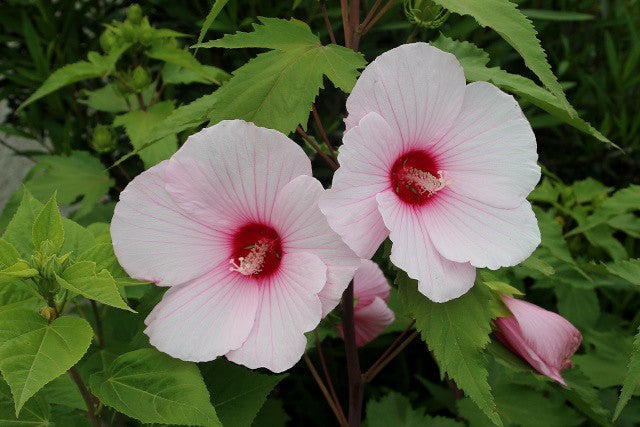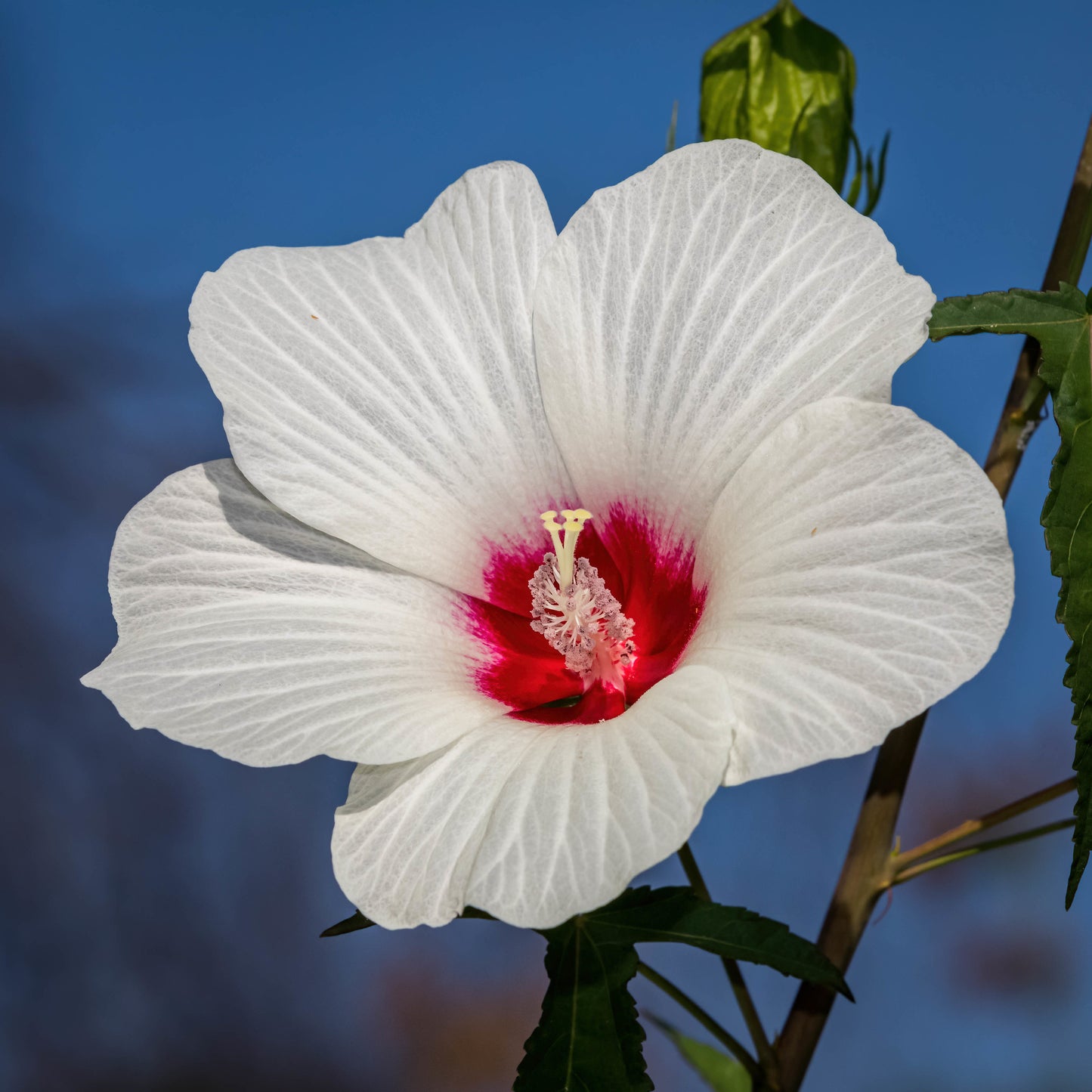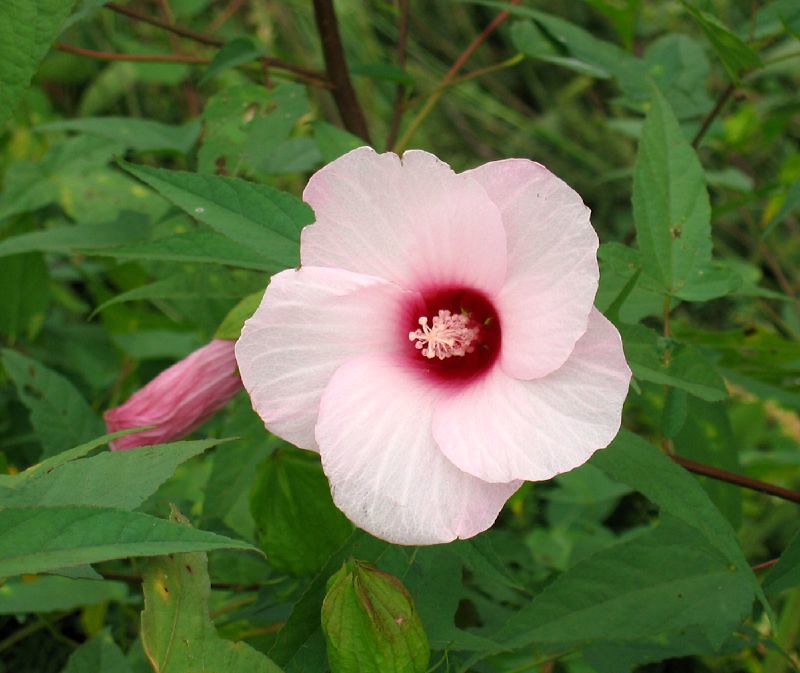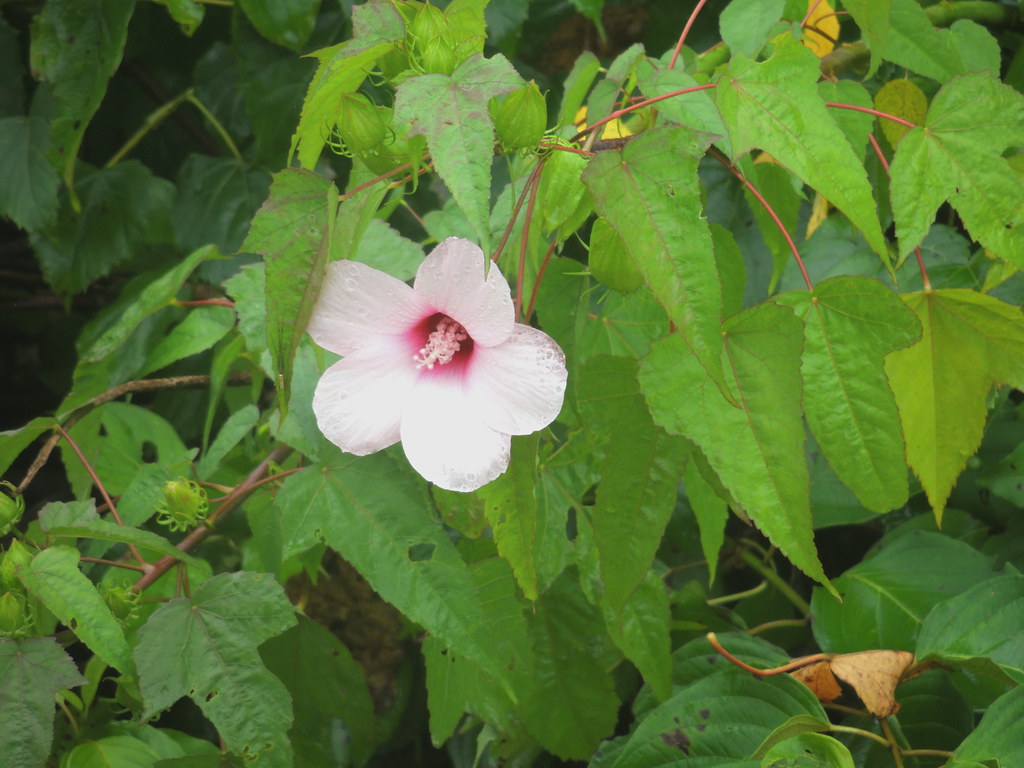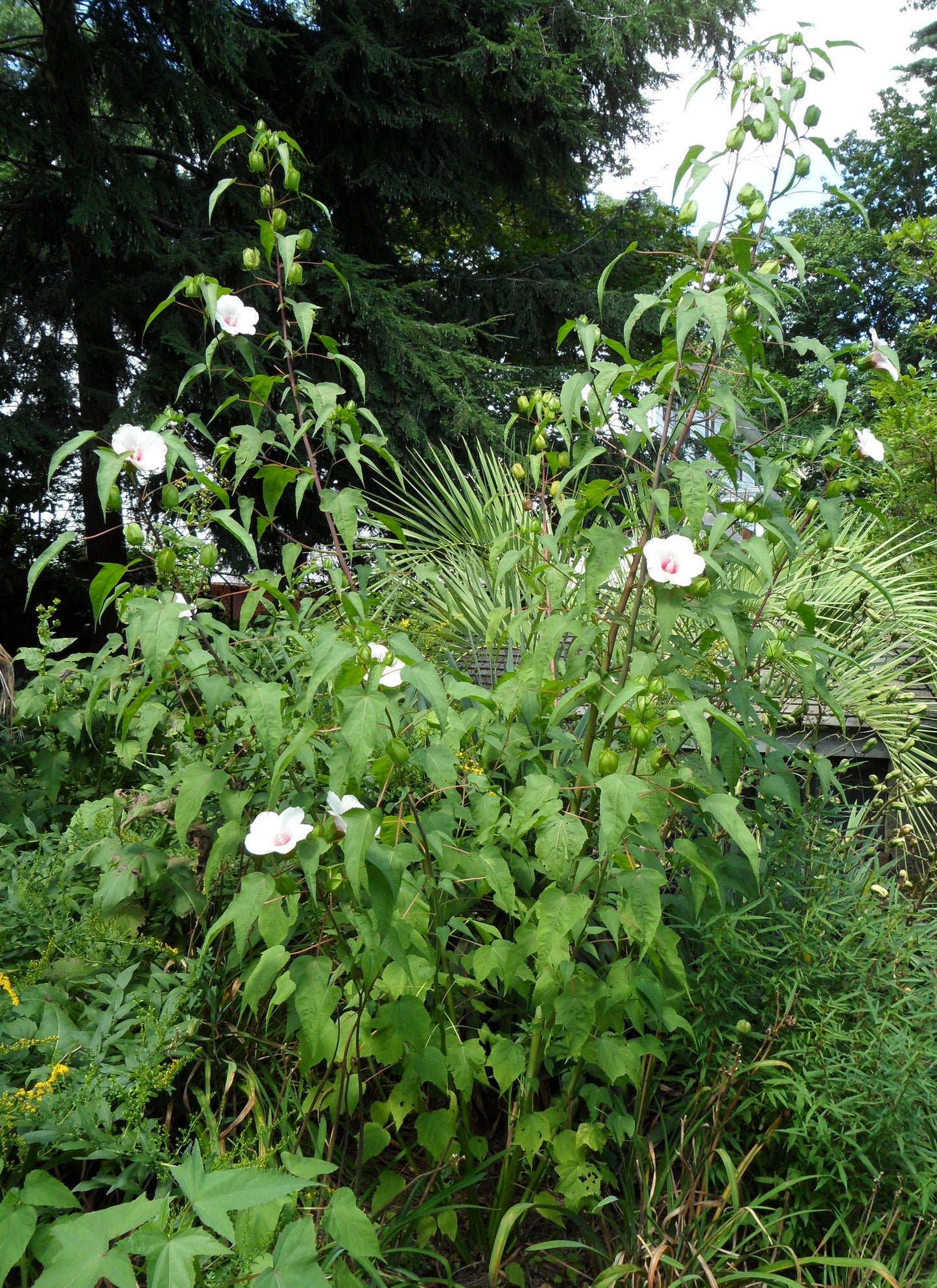Floridaseeds
Halbertleaf Rosemallow 100 Seeds Hibiscus laevis
Halbertleaf Rosemallow 100 Seeds Hibiscus laevis
Couldn't load pickup availability
Hibiscus laevis, commonly known as halberd-leaved rose mallow, is a native perennial herbaceous plant found in North America, particularly in the eastern and central regions of the United States and parts of Canada. Here's a description of Hibiscus laevis:
Size and Growth Habit: Hibiscus laevis typically grows as a tall, erect perennial herb, reaching heights of 1 to 2 meters (3 to 6 feet). It forms clumps of sturdy stems arising from a central root system.
Leaves: The leaves of Hibiscus laevis are distinctive and shaped like a halberd, with three distinct lobes that resemble the blade and two lateral lobes that resemble the grip of the weapon. These leaves are large, typically measuring 10 to 20 centimeters (4 to 8 inches) in length, and have serrated edges. The leaves are medium to dark green in color and provide an attractive backdrop for the flowers.
Flowers: The flowers of Hibiscus laevis are large, showy, and typically bloom from mid to late summer. They are usually pink or purplish in color and have five overlapping petals, each measuring around 10 to 15 centimeters (4 to 6 inches) in diameter. The flowers have a prominent central pistil and numerous stamens. They attract pollinators such as bees and butterflies.
Cultural Requirements: Halberd-leaved rose mallow prefers full sun to partial shade and moist to wet soil, making it well-suited to gardens with boggy or waterlogged conditions. It is often found growing in wetlands, along stream banks, or in other areas with high moisture levels. While it can tolerate occasional flooding, it may struggle in drought conditions and benefit from regular watering during dry periods.
Growing Instructions
The seeds have a hard seed coat that has to be treated, or scarified, in order for water to enter the seeds so that they can sprout.
- Scarify the seeds by nicking or sanding the seed coat.
- Soak the seed in water for 24 hours.
- The seeds like moist soil. Prepare a mixture of half potting soil and half sand, perlite or vermiculite. Put the soil in a pot.
- Sow the seeds ¼ inch deep.
- Water the seeds.
- Place the pots in an area with warm temperatures in full sun or part shade. The seeds take 1-3 weeks to germinate.
- When the seedlings are a few inches tall, they can be transplanted.
Materials
Materials
Shipping & Returns
Shipping & Returns
Dimensions
Dimensions
Care Instructions
Care Instructions
Share
